1. van der Linde D, Konings EE, Slager MA, Witsenburg M, Helbing WA, Takkenberg JJ, et al. Birth prevalence of congenital heart disease worldwide: a systematic review and meta-analysis. J Am Coll Cardiol. 2011; 58(21):2241–2247. PMID:
22078432.
2. Moons P, Bovijn L, Budts W, Belmans A, Gewillig M. Temporal trends in survival to adulthood among patients born with congenital heart disease from 1970 to 1992 in Belgium. Circulation. 2010; 122(22):2264–2272. PMID:
21098444.
3. Baumgartner H, De Backer J, Babu-Narayan SV, Budts W, Chessa M, Diller GP, et al. 2020 ESC Guidelines for the management of adult congenital heart disease. Eur Heart J. 2021; 42(6):563–645. PMID:
32860028.
4. Shin HJ, Park YH, Cho BK. Recent surgical outcomes of congenital heart disease according to Korea Heart Foundation data. Korean Circ J. 2020; 50(8):677–690. PMID:
32212426.
5. Jang SY, Huh J, Kim EK, Chang SA, Song J, Kang IS, et al. Impact of atrial fibrillation on survival in adults with congenital heart disease: a retrospective population-based study. J Korean Med Sci. 2021; 36(5):e43. PMID:
33527785.
6. Ghanchi A, Rahshenas M, Bonnet D, Derridj N, LeLong N, Salomon LJ, et al. Prevalence of growth restriction at birth for newborns with congenital heart defects: a population-based prospective cohort study EPICARD. Front Pediatr. 2021; 9:676994. PMID:
34123973.
7. Costello JM, Bradley SM. Low birth weight and congenital heart disease: current status and future directions. J Pediatr. 2021; 238:9–10. PMID:
34419451.
8. Kramer HH, Trampisch HJ, Rammos S, Giese A. Birth weight of children with congenital heart disease. Eur J Pediatr. 1990; 149(11):752–757. PMID:
2226545.
9. Medoff-Cooper B, Ravishankar C. Nutrition and growth in congenital heart disease: a challenge in children. Curr Opin Cardiol. 2013; 28(2):122–129. PMID:
23370229.
10. Daymont C, Neal A, Prosnitz A, Cohen MS. Growth in children with congenital heart disease. Pediatrics. 2013; 131(1):e236–e242. PMID:
23230071.
11. Hapuoja L, Kretschmar O, Rousson V, Dave H, Naef N, Latal B. Somatic growth in children with congenital heart disease at 10 years of age: risk factors and longitudinal growth. Early Hum Dev. 2021; 156:105349. PMID:
33799090.
12. Aguilar DC, Raff GW, Tancredi DJ, Griffin IJ. Childhood growth patterns following congenital heart disease. Cardiol Young. 2015; 25(6):1044–1053. PMID:
25247327.
13. Varan B, Tokel K, Yilmaz G. Malnutrition and growth failure in cyanotic and acyanotic congenital heart disease with and without pulmonary hypertension. Arch Dis Child. 1999; 81(1):49–52. PMID:
10373135.
14. Stout KK, Daniels CJ, Aboulhosn JA, Bozkurt B, Broberg CS, Colman JM, et al. 2018 AHA/ACC guideline for the management of adults with congenital heart disease: a report of the American College of Cardiology/American Heart Association Task Force on Clinical Practice Guidelines. Circulation. 2019; 139(14):e698–e800. PMID:
30586767.
15. Lammers AE, Diller GP, Lober R, Möllers M, Schmidt R, Radke RM, et al. Maternal and neonatal complications in women with congenital heart disease: a nationwide analysis. Eur Heart J. 2021; 42(41):4252–4260. PMID:
34638134.
16. Cho WK, Ahn MB, Kim EY, Cho KS, Jung MH, Suh BK. Predicting first-year growth in response to growth hormone treatment in prepubertal Korean children with idiopathic growth hormone deficiency: analysis of data from the LG growth study database. J Korean Med Sci. 2020; 35(19):e151. PMID:
32419399.
17. Nam HK, Kim HR, Lee KH, Rhie YJ. Idiopathic short stature phenotypes among Korean children: cluster analysis. Tohoku J Exp Med. 2019; 248(3):193–200. PMID:
31353328.
18. Malik S, Cleves MA, Zhao W, Correa A, Hobbs CA. National Birth Defects Prevention Study. Association between congenital heart defects and small for gestational age. Pediatrics. 2007; 119(4):e976–e982. PMID:
17387169.
19. Miller TA. Growth in congenital heart disease: outcome or predictor? J Am Heart Assoc. 2018; 7(17):e010262. PMID:
30371175.
20. Li X, Zhu J, An J, Wang Y, Wu Y, Li X. Growth and development of children under 5 years of age with tetralogy of Fallot in a Chinese population. Sci Rep. 2021; 11(1):14255. PMID:
34244570.
21. Kandil ME, Elwan A, Hussein Y, Kandeel W, Rasheed M. Ghrelin levels in children with congenital heart disease. J Trop Pediatr. 2009; 55(5):307–312. PMID:
19261663.
22. Gola M, Bonadonna S, Doga M, Giustina A. Clinical review: Growth hormone and cardiovascular risk factors. J Clin Endocrinol Metab. 2005; 90(3):1864–1870. PMID:
15585563.
23. Arcopinto M, Salzano A, Giallauria F, Bossone E, Isgaard J, Marra AM, et al. Growth hormone deficiency is associated with worse cardiac function, physical performance, and outcome in chronic heart failure: insights from the T.O.S.CA. GHD study. PLoS One. 2017; 12(1):e0170058. PMID:
28095492.
24. Isgaard J, Cittadini A. Growth hormone and the heart in growth hormone deficiency-what have we learned so far? Endocrine. 2017; 55(2):331–332. PMID:
27981513.
25. Ratku B, Sebestyén V, Erdei A, Nagy EV, Szabó Z, Somodi S. Effects of adult growth hormone deficiency and replacement therapy on the cardiometabolic risk profile. Pituitary. 2022; 25(2):211–228. PMID:
35106704.
26. Cittadini A, Ishiguro Y, Strömer H, Spindler M, Moses AC, Clark R, et al. Insulin-like growth factor-1 but not growth hormone augments mammalian myocardial contractility by sensitizing the myofilament to Ca2+ through a wortmannin-sensitive pathway: studies in rat and ferret isolated muscles. Circ Res. 1998; 83(1):50–59. PMID:
9670918.
27. Mathews LS, Enberg B, Norstedt G. Regulation of rat growth hormone receptor gene expression. J Biol Chem. 1989; 264(17):9905–9910. PMID:
2722883.
28. Napoli R, Guardasole V, Matarazzo M, Palmieri EA, Oliviero U, Fazio S, et al. Growth hormone corrects vascular dysfunction in patients with chronic heart failure. J Am Coll Cardiol. 2002; 39(1):90–95. PMID:
11755292.
29. Cuocolo A, Nicolai E, Colao A, Longobardi S, Cardei S, Fazio S, et al. Improved left ventricular function after growth hormone replacement in patients with hypopituitarism: assessment with radionuclide angiography. Eur J Nucl Med. 1996; 23(4):390–394. PMID:
8612658.
30. Maison P, Chanson P. Cardiac effects of growth hormone in adults with growth hormone deficiency: a meta-analysis. Circulation. 2003; 108(21):2648–2652. PMID:
14623813.
31. Paajanen TA, Oksala NK, Kuukasjärvi P, Karhunen PJ. Short stature is associated with coronary heart disease: a systematic review of the literature and a meta-analysis. Eur Heart J. 2010; 31(14):1802–1809. PMID:
20530501.
32. Kashif H, Abuelgasim E, Hussain N, Luyt J, Harky A. Necrotizing enterocolitis and congenital heart disease. Ann Pediatr Cardiol. 2021; 14(4):507–515. PMID:
35527771.
33. Spinner JA, Morris SA, Nandi D, Costarino AT, Marino BS, Rossano JW, et al. Necrotizing enterocolitis and associated mortality in neonates with congenital heart disease: a multi-institutional study. Pediatr Crit Care Med. 2020; 21(3):228–234. PMID:
31568264.
34. Iannucci GJ, Oster ME, Mahle WT. Necrotising enterocolitis in infants with congenital heart disease: the role of enteral feeds. Cardiol Young. 2013; 23(4):553–559. PMID:
23025968.
35. McElhinney DB, Hedrick HL, Bush DM, Pereira GR, Stafford PW, Gaynor JW, et al. Necrotizing enterocolitis in neonates with congenital heart disease: risk factors and outcomes. Pediatrics. 2000; 106(5):1080–1087. PMID:
11061778.
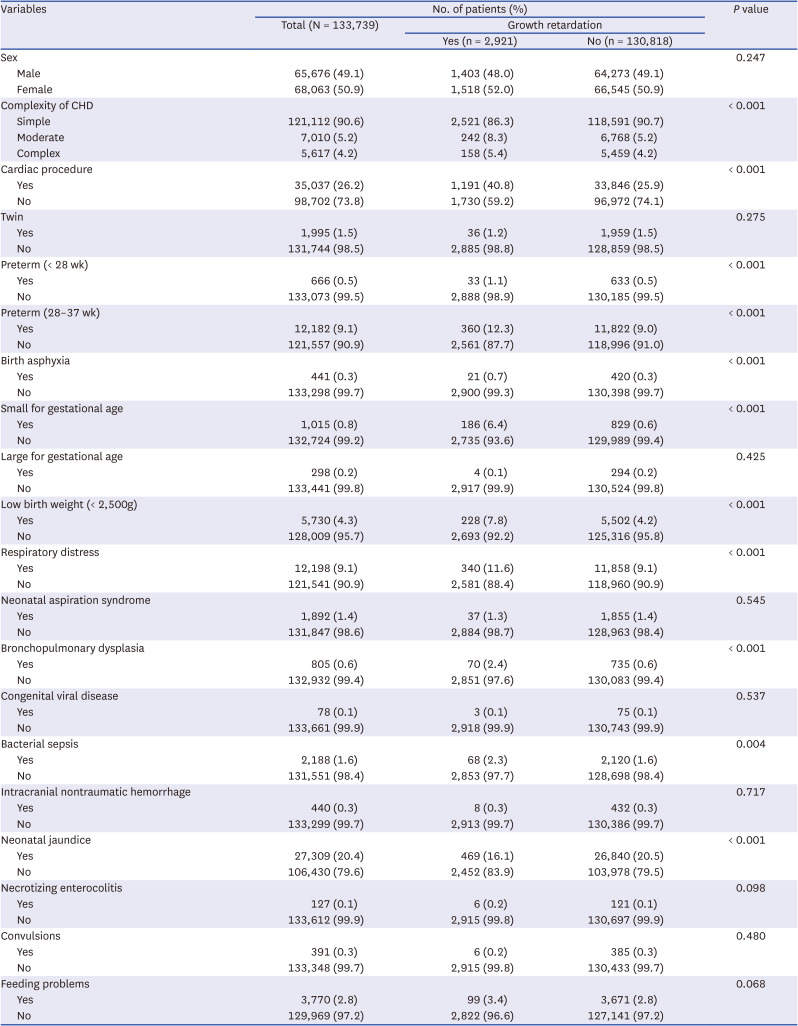
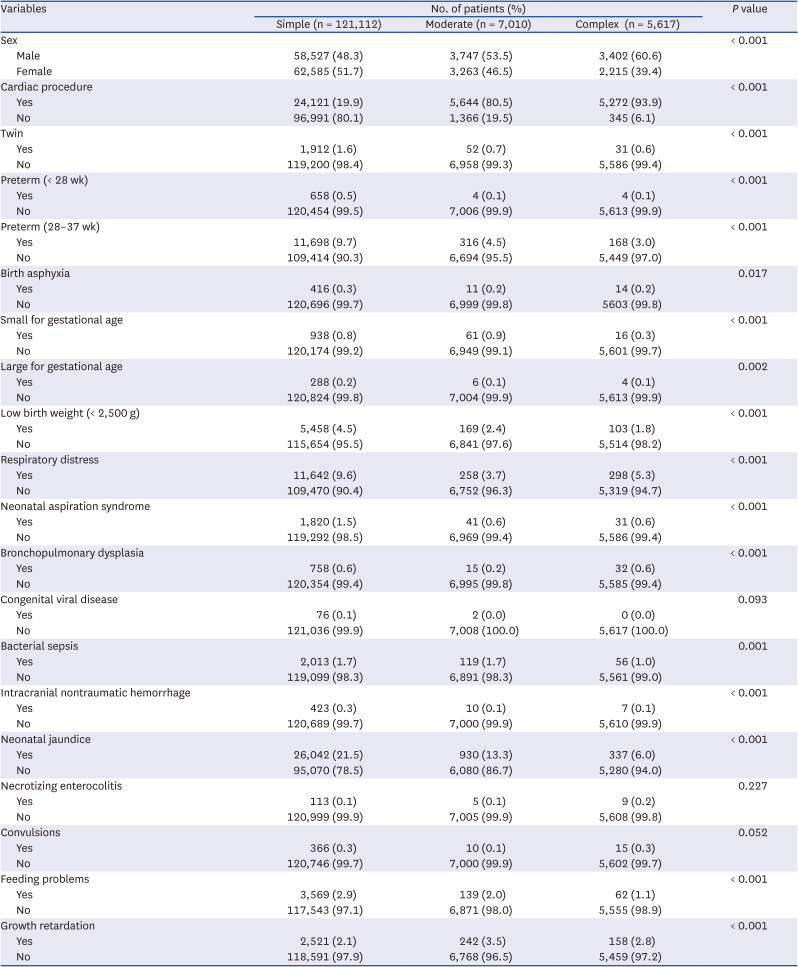
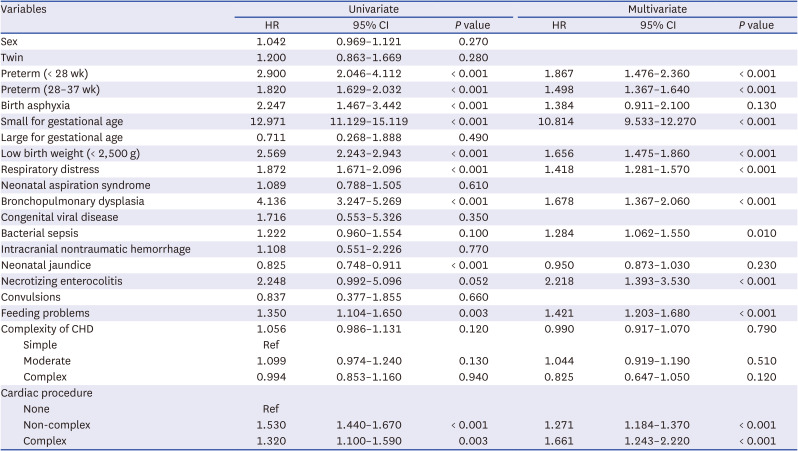




 PDF
PDF Citation
Citation Print
Print



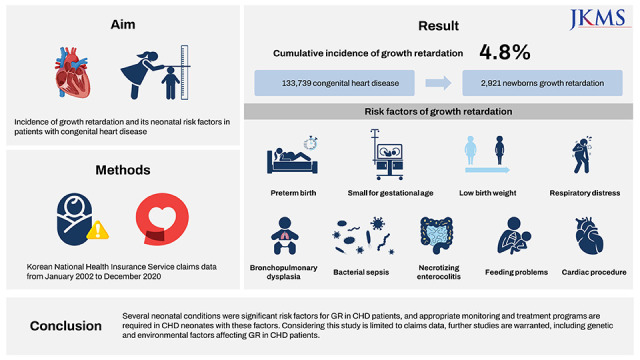
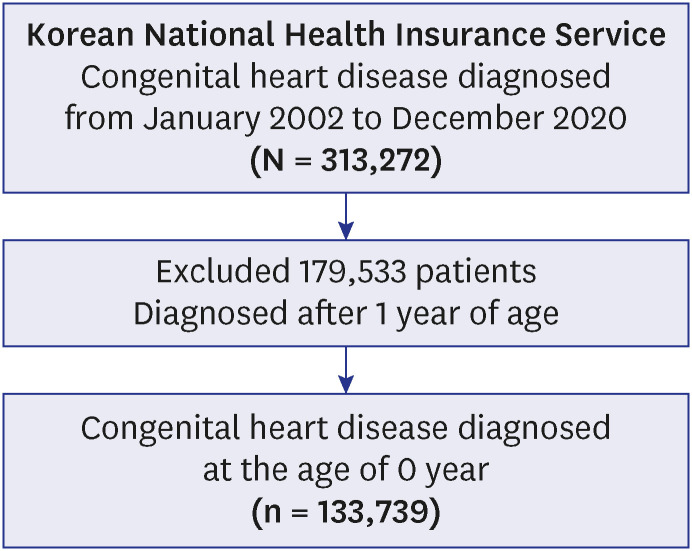
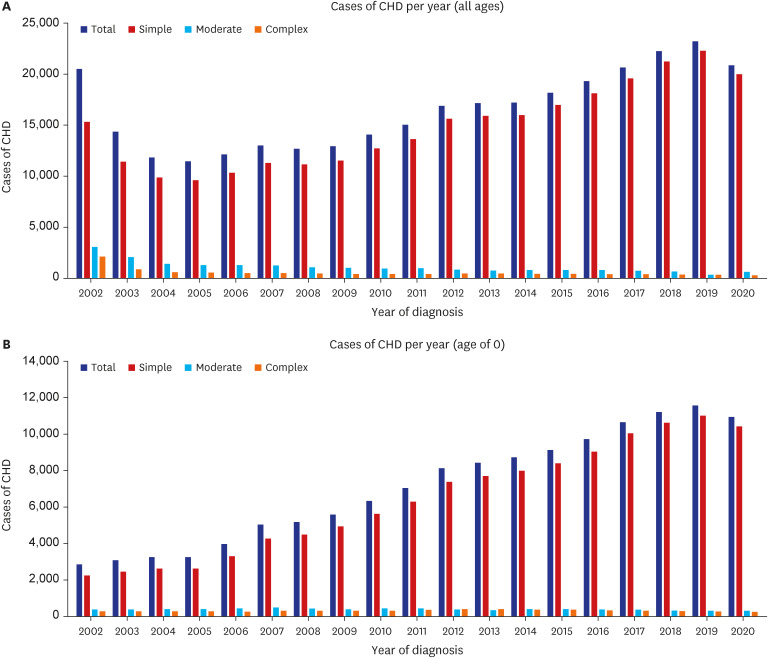
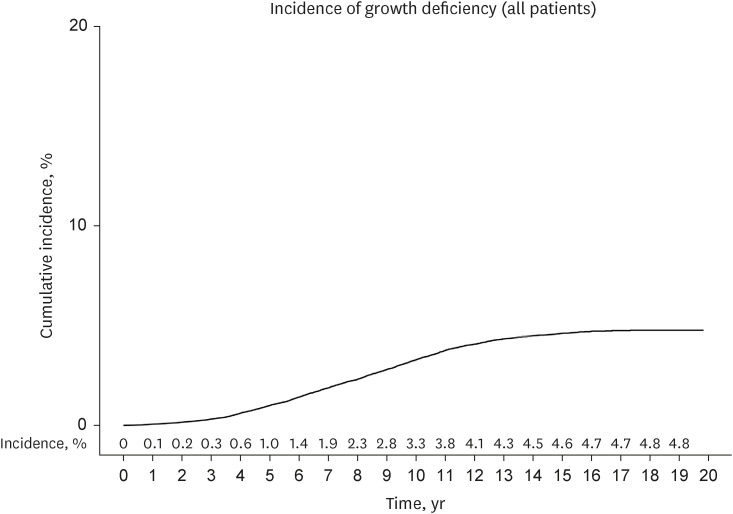
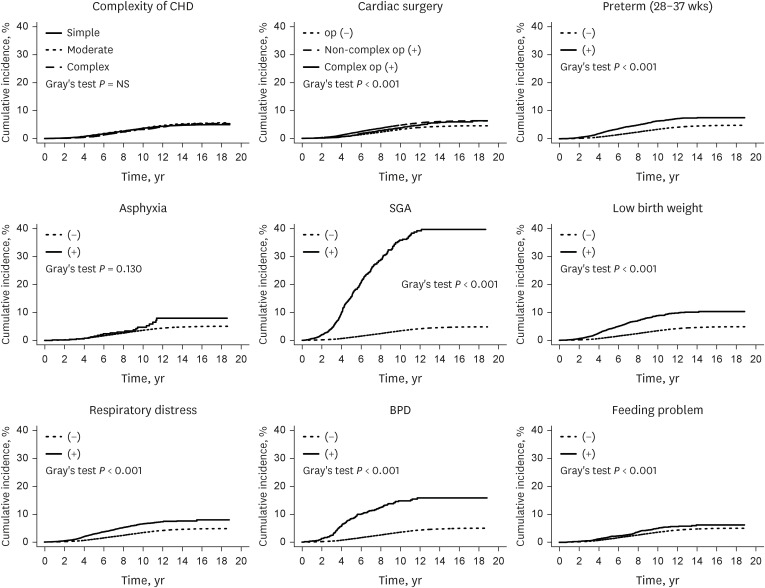
 XML Download
XML Download